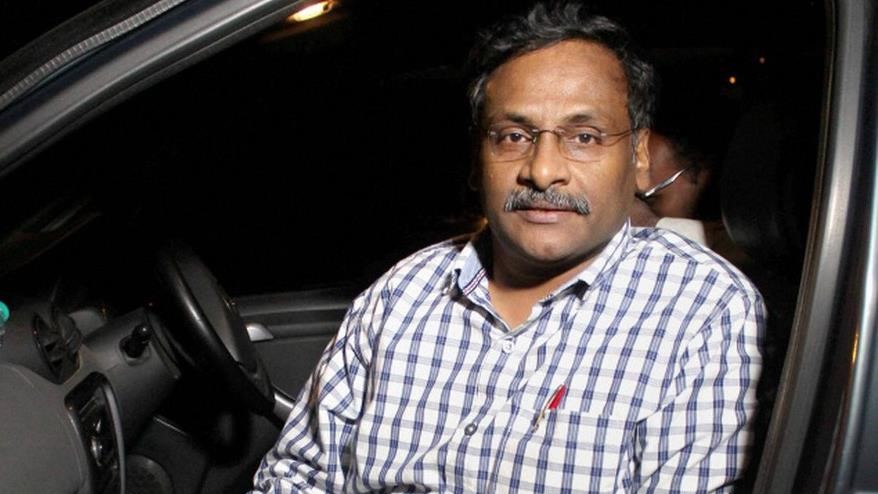
India’s unending occupation of Kashmir
One winter’s night in the Kashmir Valley, the power went out. A bone-piercing cold swept through my hotel room in Srinagar. The next morning, the radiator, the water heater, and all the light switches were useless things. I knew that I would feel isolated in the Valley, given that India had imposed a communications blockade three months earlier, snapping internet, cellular, and landline connections for seven million people. Nevertheless, I was unprepared for the feeling of total solitude that the absence of connectivity—and now power—provoked in me, mere hours after arriving. I was unmoored, like I belonged to nothing.
I lay in bed, wearing two sweaters, a hat, and gloves. The hotel room was spacious and carpeted, with ornate wooden furniture in the Kashmiri way. I decided to walk over to the window. Perhaps I thought that seeing another person would root me to the place. I was taken aback by the sight that greeted me. Everything was white—the lawn, the garden umbrella, the chairs, the flower beds, the chimney pots of nearby homes. The chinar trees that just yesterday had been aflame with golden leaves were flexing and bending under the weight of the snow that had fallen overnight. I watched a gardener in a thin raincoat tenderly scrape the ice from some roses. Then a waiter knocked on my door to say that the kitchen had canceled breakfast. I was the hotel’s only remaining guest.
Few people had been able to visit the Valley since the blockade was imposed last August. Foreign journalists were explicitly barred, and national reporters were closely monitored. Even Indian politicians were prevented from coming in to survey the situation. Still, the government kept promising that everything was “normal.” At a summit of business leaders in November, the home minister, Amit Shah, made light of the situation. “Why don’t you go see for yourself?” he said with a smile. “You’ll see peace up and down the Valley.” I decided to take him up on his suggestion. I knew Kashmir wasn’t “normal.” India and Pakistan had fought three wars there over the second half of the twentieth century, and a Pakistan-supported insurgency had been advancing and receding since the Eighties, resulting in the deaths of more than seventy thousand people. Now India had amended its constitution in order to annex the section of Kashmir it controlled, and had imposed a stringent curfew to prevent resistance. Life in the Valley hadn’t been normal for decades. What I wanted to see was exactly how abnormal it had become.
With no phone service, it was impossible to confirm my interviews for that morning, but I decided I would venture out anyway. I got into the back seat of a hotel car, and we crawled across one of the eight bridges that span the Jhelum River, a tributary of the Indus. Over the next few days, the river would freeze to form a broad sheet of white ice, but for now the green ribbon of water still flowed, gently rocking the houseboats. I was calmed by the sight until I remembered that a seventeen-year-old boy had drowned here in August, becoming the first civilian casualty of the siege. Chased by security forces for violating the curfew, he had leaped into the river, even though he couldn’t swim.
Above us, dead power lines dangled like loose threads. The snow was falling hard, in what seemed to me to be an outpouring of feeling. The driver was worried we’d skid. We had already seen a man fly over the handlebars of his motorcycle.
At first glance, the weather was just one more burden for the Kashmiris to bear, but it also presented an unexpected gift. The sudden cold drove security forces into their bunkers. Left alone, ordinary Kashmiris nipped out with shovels to clear the tall drifts of snow. Women holding umbrellas hurried in search of milk and bread. Children threw snowballs. Watching all this, in the shadow of the snowcapped mountains that ring the Valley, it was possible to imagine what peace might look like in Kashmir.



